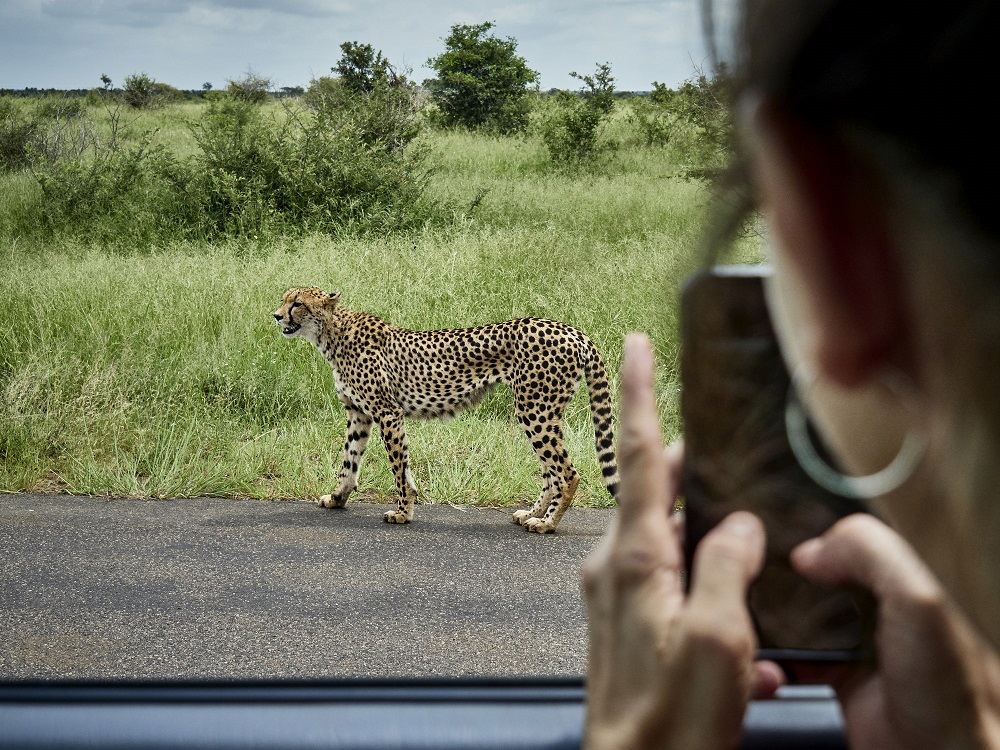
It’s World Wildlife Day on 3 March 2023 where we celebrate all the world’s wild animals and plants and the contribution they make to our lives and the health of the planet. South Africa is home to a diverse range of wildlife species, including many that are found nowhere else in the world. However, the country faces significant challenges in protecting its wildlife.
Using Petal Search, you can quickly see the enormity of the task at hand.
Poaching is certainly number one on the list. Our country is particularly affected by the global demand for illegal wildlife products such as ivory and rhino horn. This has led to high levels of poaching, which is a major threat to the survival of species such as elephants and rhinos.
Habitat loss is another problem. As the human population continues to grow, wildlife habitats are being destroyed to make way for urbanisation and agriculture. This is reducing the amount of suitable habitat available for wildlife, leading to declines in the population of many species. Invariably, this contributes to the increase of human and wildlife conflict especially when it comes to resources such as food and water. Not only can this cause harm to both humans and wildlife but it also leads to more poaching taking place.
Out of all of these, the most frustrating is the lack of resources. Even though the country’s wildlife provides a massive boost to the tourism sector, the funding, personnel and technology required to protect it are difficult to come by. Unfortunately, many conservation organisations and government agencies lack the resources they need to effectively protect and manage wildlife populations.
Use your search engine to expand your knowledge
Thanks to technology and our smartphones, we can all take a stand, help to better care for and protect South Africa’s wildlife.
At the most basic, we can use the likes of Petal Search to find information on how we can help put pressure on government to improve regulations for the protection of wildlife. Here you will also discover numerous podcasts to listen to, YouTube channels to subscribe to and free online publications to read that focus on this content. All of these can be easily found using Petal Search.
Another way we can use our smartphones to help is through citizen science and data collection. Apps can be used to allow individuals to participate in wildlife monitoring and conservation efforts by submitting information about animal sightings and behaviour. This can be expanded to include environmental data such as temperature and precipitation which researchers and conservation organisations can use to gain a better understanding of wildlife populations and their habitats.
Of course, there is also the opportunity of using our smartphones for eco-tourism. Apps can provide information about sustainable wildlife watching opportunities, encourage tourists to support conservation efforts by choosing wildlife-friendly tours and destinations.
With majority of people on social media, users can leverage various platforms to raise awareness about conservation issues and the importance of protecting wildlife.
Finally, technology can help us report wildlife crimes and poaching. This can improve enforcement efforts and lead to greater accountability for those who engage in illegal activities that harm wildlife.
Through our smartphones, we can play a significant role in supporting wildlife conservation efforts. Technology makes it possible to connect people with information and resources, enabling data collection and analysis and increasing public awareness and engagement.
Visit the nearest national park for more insights
A game reserve is vital for the conservation of wildlife and biodiversity. It does not only offer various animals and plants a secure environment where they can exist in their natural habitat but also ensures a balanced ecosystem.
While game reserves are great for developing the economy by providing tourist attraction, investment opportunities, creating employment and more, they also offer the pleasure of people engaging with and learning about wildlife. Places such as the Kruger National Park, Madikwe Game Reserve and the Pilanesberg National Park are some of the fascinating places where you can see a wide range animal species, including those that are endangered. If you are fortunate, you can also get the opportunity for an expert field ranger to outline the current issues the game reserve is facing and how the greater community can work together to overcome various threats to wildlife.
Having knowledge of and awareness about wildlife is important in helping people protect our natural environment and make a significant contribution towards greater sustainability. For more information on how you can play your part in greater conservation, visit Petal Search.


























